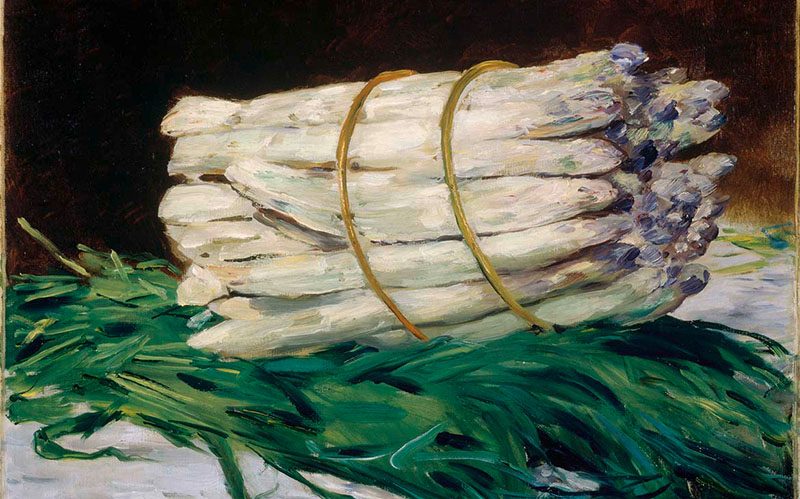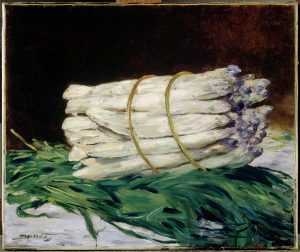
THE EPHRUSSI FAMILY AS ART COLLECTORS
The current exhibition at the Jewish Museum in Vienna focusses on the archive of the Ephrussi family and on their collection of 157 Japanese netsuke carvings. The Ephrussis and their history attained worldwide fame through Edmund de Waal’s bestselling biography, “The Hare with Amber Eyes”.

Following the acclaim for Edmund de Waal’s bestselling biography “The Hare with Amber Eyes”, the Jewish Museum in Vienna is holding an exhibition on the subject of the Ephrussi family.
The family attained enormous wealth in the 19th century through their activities in the grain trade and in banking. They moved from Odessa to Vienna around the mid-19th century and soon became part of the innermost circle of the Viennese bourgeoisie. The family left its mark on the city with the building of their Palais Ephrussi on the Ringstrasse, which was designed by the architect Theophil Hansen. The owner of the building, Ignace Ephrussi, commissioned the painter Christoph Griepenkerl to create the ceiling and mural paintings in the state apartments on the bel étage. Over the years, Ignace Ephrussi acquired a small art collection which reflected his very personal taste, exemplified by his purchase in 1893 of four pictures by the Dutch-Jewish painter Jozef Israëls, who was barely known in Vienna at the time. His nephew, Charles Ephrussi, was an important art historian and collector. He was also director of the prestigious “Gazette aux Beaux Arts” magazine in Paris and one of the early promoters of the Impressionists. An anecdote has survived about an incident that apparently occurred between him and Eduard Manet. In 1880, Charles Ephrussi bought a still life painting entitled “A Bunch of Asparagus” from Manet for 1,000 francs, which was more than the artist had expected. As a token of gratitude, he sent Ephrussi a small picture of a single asparagus in April 1882, with the message: “There was one missing from the bunch.”
Many artworks originally owned by the Ephrussi family are now in international museums and private collections. The exhibition at the Jewish Museum devotes much space to their history after 1938. It covers the confiscation of the Ephrussis’ assets by the National Socialists, the expulsion of the family from Vienna, their places of exile, and the family’s efforts to achieve restitution (some of the legal proceedings still continue today).
The exhibition focuses on the Ephrussi family archive, which has been donated to the Jewish Museum by the de Waal family, and on the 157 netsuke carvings which are on loan to the museum from the family.
Charles Ephrussi’s love of Japanese art and his passion for collecting was inspired by the Paris International Exposition of 1867, as was the case for many people. The 1873 World’s Fair in Vienna marked the beginning of cultural and economic exchange between Japan and the countries of Europe, amongst them of course, Austria. A large collection of Japanese artefacts was amassed by Archduke Franz Ferdinand of Austria which is now housed the Weltmuseum in Vienna. The bourgeoisie and the upper class were much influenced by his example in terms of collecting and, to this day, Japanese art and artefacts remain highly collectible.
Gabriele Kohlbauer-Fritz is Head of Collections and Curator at the Jewish Museum Vienna. Regina Herbst is a specialist in Asian art at Dorotheum.
INFORMATION:
THE EPHRUSSIS. TRAVEL IN TIME.
Exhibition date: 6th November 2019 – 8th March 2020
Location: Jewish Museum Vienna, Dorotheergasse 11, 1010 Vienna
www.jmw.at













